Landing in the Canary Islands for the first time, I honestly felt like I’d stumbled into a place where spring just… never ends.
Mild temperatures, sunny days, and blue skies—no matter the month—made these islands my go-to escape from the gloomy weather back home. Whether I wandered volcanic trails, kicked back on a quiet beach, or got lost in colorful towns, sunshine seemed to follow me everywhere.
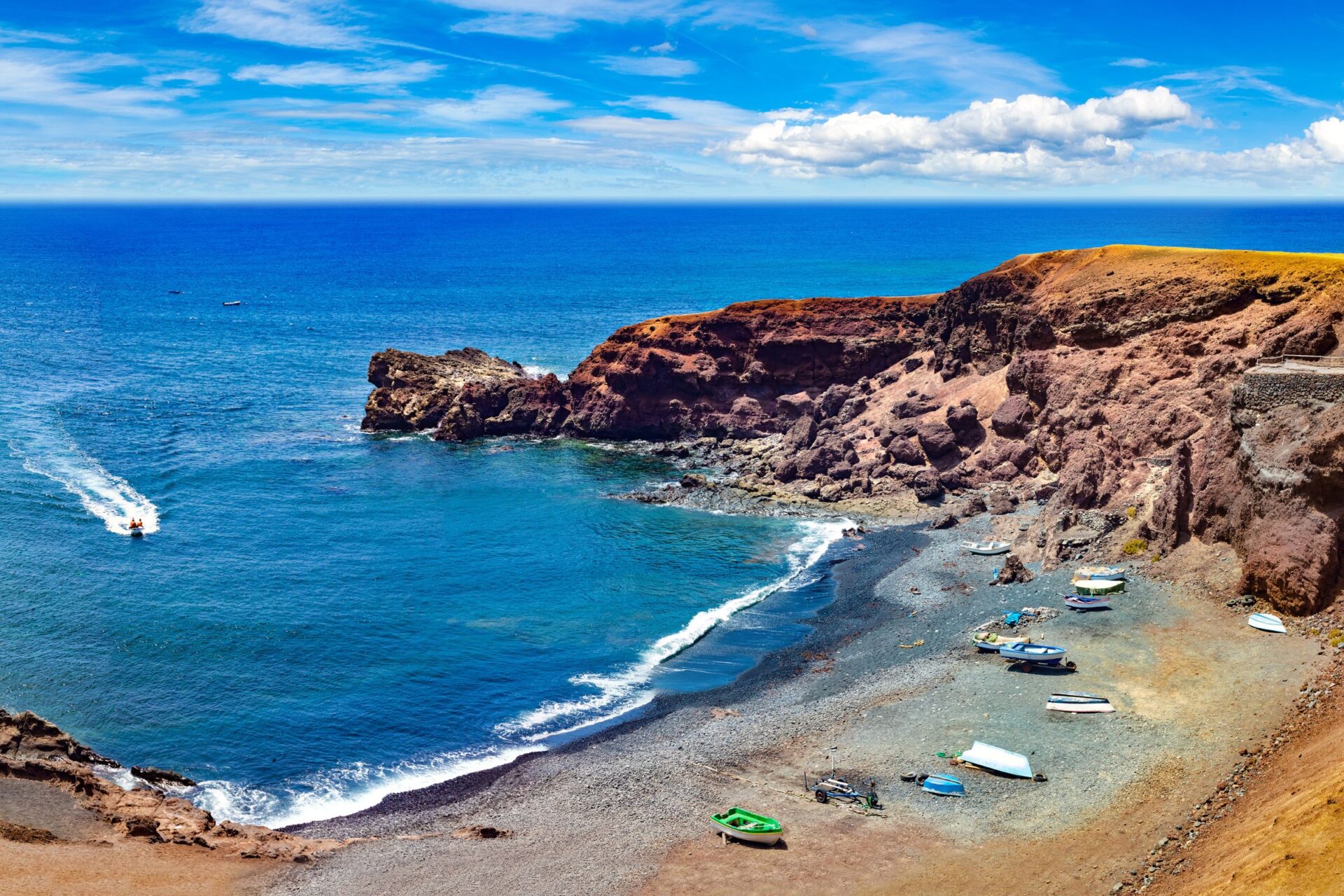
What really surprised me? Every single day promised adventure, and I didn’t have to worry about bad weather ruining my plans.
The year-round warmth—usually between 20°C and 26°C—meant I could hike, swim, or just soak in the scenery whenever I felt like it.
If you’re dreaming of endless spring and a bit of adventure, the Canary Islands might just be the perfect getaway.
Chasing Sunlight: The Canary Islands’ Year-Round Climate
When I set foot on the islands, steady sunshine and warm breezes greeted me—no matter when I visited.
The weather here stays reliable, with unique local climates and an ideal vibe for anyone who craves sunlight.
Why Eternal Spring Sets the Islands Apart
The “eternal spring” of the Canary Islands isn’t just a travel brochure line. I loved waking up to blue skies and those comfortable temperatures—rarely lower than 20°C (68°F) or higher than 26°C (79°F).

Locals told me the islands get around 3,000 hours of sunshine every year. Rain barely makes an appearance, and when it does, it’s usually a quick, light shower.
Because it never gets too hot or too cold, I could swim, hike, or just hang outdoors without worry. If you’re tired of harsh winters or muggy summers, this gentle climate feels like a daily treat.
Microclimates and Their Surprising Benefits
I quickly realized the islands aren’t all the same. Mountains, valleys, and coastal spots create microclimates everywhere.
Sometimes I’d drive just a short distance and suddenly step from warm sunshine into a cool mist.
Here’s a quick comparison I noticed:
| Location | Temperature Range (°C) | Rainfall | Notable Features |
|---|---|---|---|
| Santa Cruz (Tenerife) | 20-25 | Low | Sunny, mild coast |
| Teide National Park | 5-15 | Cooler | Fresh mountain air |
| Maspalomas (Gran Canaria) | 21-28 | Dry | Sunny, sandy beaches |
This variety let me pick the weather I wanted. On days I craved warm beaches, I’d head south.
If I needed cooler air, the mountains were just a short drive away.
Best Months to Visit for Sunshine Seekers
When I planned my trips, I noticed every month brought good weather. There’s really no “bad time” to visit.
For pure warmth and sun, May to October stood out—barely a cloud in sight and the water felt perfect for swimming.
Winter surprised me too, with mild temperatures around 20-22°C (68-72°F). I could sit outside at cafés, even in January.
Spring (March-May) had fewer crowds and fresh, green landscapes. All year, those bright, sunny days just kept coming. The consistent, pleasant climate kept me coming back.
Island-Hopping Adventures: Discovering Unique Vibes
Every island in the Canaries brings its own mix of scenery, culture, and things to do. Hopping from place to place felt like stepping into a new world each time—sometimes a lively beach city, sometimes volcanic wonders, or even an artistic hideaway.
Gran Canaria: Urban Life Meets Golden Beaches
Gran Canaria gave me the best of both worlds—city buzz and relaxing ocean views. In Las Palmas, I wandered through markets and strolled along Playa de Las Canteras.

The city’s old town, Vegueta, charmed me with its colorful buildings and local food like papas arrugadas.
One day, I hiked in the rugged mountains at the island’s center. Roque Nublo, a giant rock with epic views, was worth the winding drive.
I stopped in tiny villages for fresh goat cheese and coffee. Down south, I wandered the golden dunes of Maspalomas at sunset—almost like a little desert by the sea.
Urban comfort and natural beauty blend so easily here, whether I wanted adventure or just a lazy day.
Tenerife: Majestic Peaks and Volcanic Landscapes
Tenerife’s landscape blew me away, especially the first time I saw Mount Teide. It towers over 3,700 meters—Spain’s highest peak and a UNESCO World Heritage site.
I grabbed the cable car for wild views and felt like I’d landed on another planet. The northern coast showed me a different side.
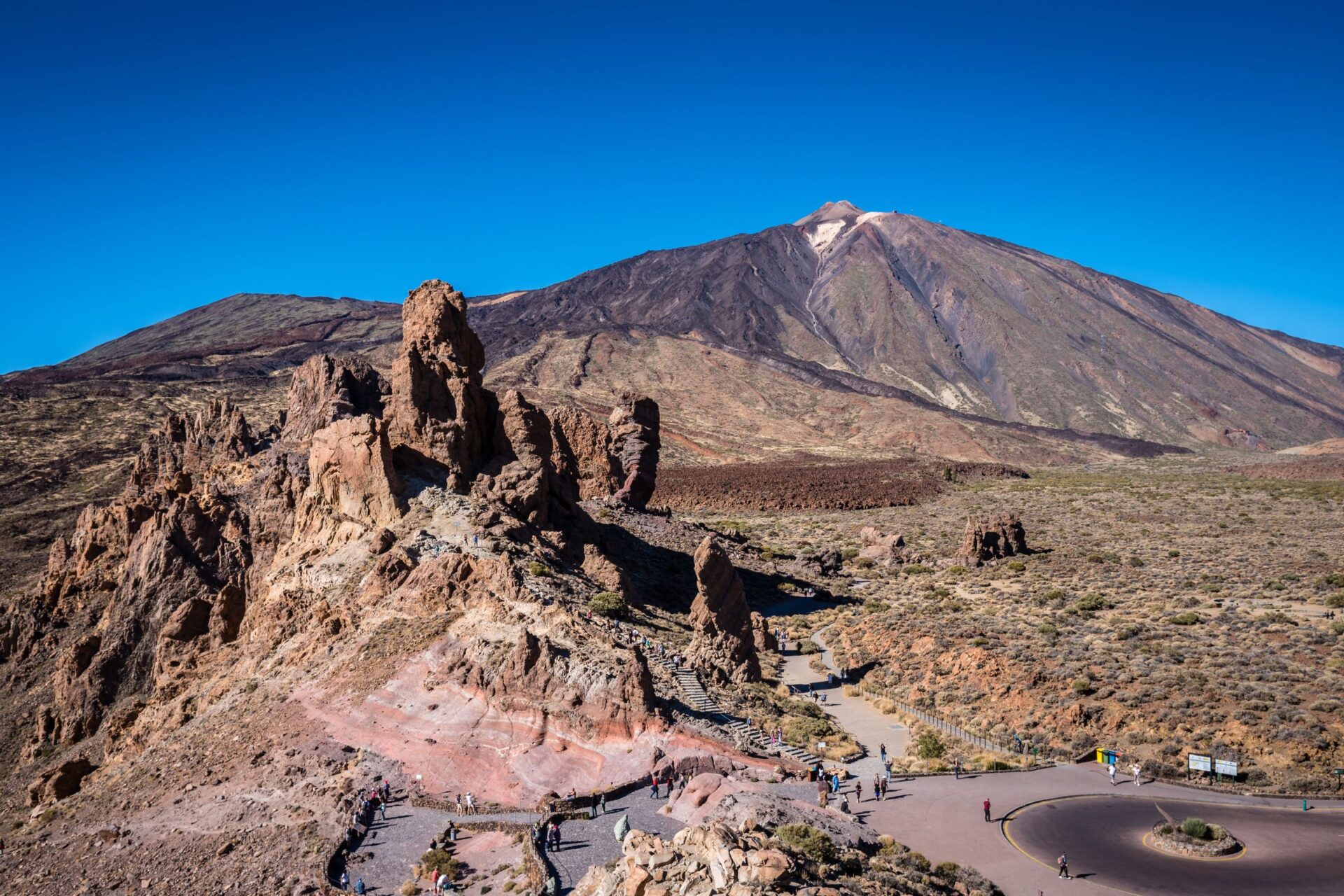
La Laguna’s cobbled streets and colonial buildings were perfect for wandering. Black sand beaches near Puerto de la Cruz made a killer spot for wave-watching.
If you love hiking, the trails in Anaga Rural Park are lush and misty—a great way to cool off on a warm day. Even just driving around the island, I could jump between lively towns and wild coastlines in minutes.
Lanzarote: Lunar Shores and Artistic Spirit
Lanzarote felt like a different world. Volcanic fields and black sands made the scenery almost lunar.
Timanfaya National Park, with its steam vents and jagged rocks, looked surreal. I hopped on a short bus tour and watched guides pour water on the ground—steam geysers shot up from the earth.
Art and nature mix everywhere here. Places like Jameos del Agua, shaped by César Manrique, show how creativity transforms even lava caves.
I loved swimming in quiet coves and eating fresh seafood by the water. Scenic drives took me past wind-blown vines—proof that even harsh landscapes can surprise you with life and creativity.
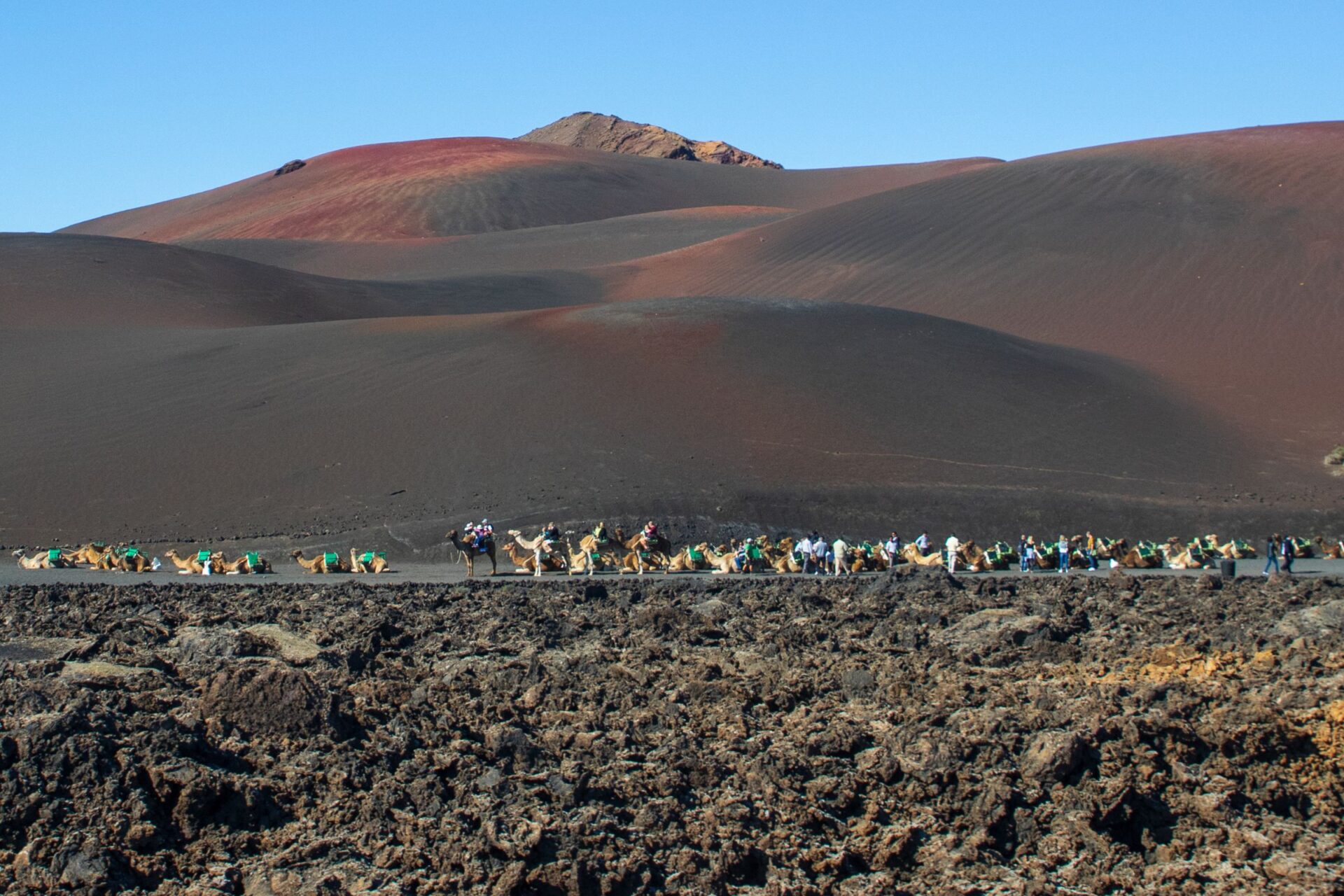
Outdoor Escapades for Every Adventurer
The Canary Islands are a playground for anyone who loves the outdoors.
Every island I visited had its own mix of activities, from volcano treks to surfing famous waves or cycling winding volcanic routes.
Hiking Through Lush Trails and Crater Rims
Hiking the islands’ trails was a highlight for me. On Tenerife, I started early up Mount Teide. Lava fields, wild plants, and colorful rocks made every step interesting.
La Palma’s Caldera de Taburiente is a national park tucked inside a giant crater. Pine forests, waterfalls, and fresh air—what’s not to love?
Trails range from easy strolls to tough climbs, so every adventurer can find their pace. I appreciated how well-marked the paths were.
Even hiking solo, I felt safe—plus, local guides are always happy to help or lead a tour. Don’t forget layers and sunscreen, even if clouds roll in.
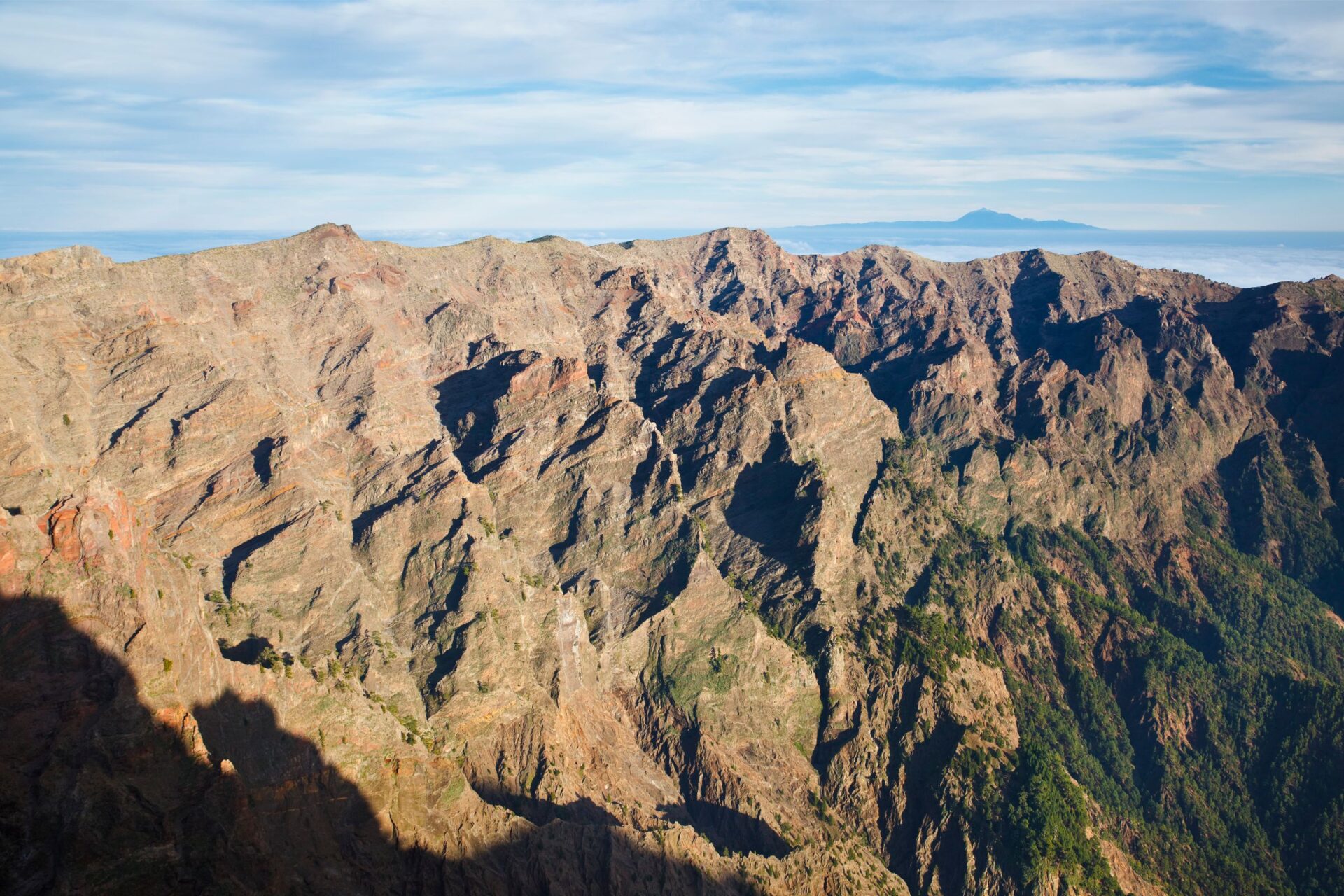
Water Sports: Surf, Sail, and Dive
Surrounded by the Atlantic, I couldn’t resist water sports. Surfing is big here, especially at El Médano in Tenerife or Famara Beach in Lanzarote.
Waves and wind are reliable, and surf schools are super welcoming—even for beginners like me. Snorkeling and scuba diving open up a wild underwater world.
One morning, I joined a dive off Gran Canaria and spotted parrotfish and a sea turtle gliding by. Sailing is popular too.
Boats and catamarans leave daily from most ports. I booked a sunset sail and watched dolphins leap alongside us. Not a bad way to wrap up the day.
Mountain Biking and Cycling Routes
Cyclists will find plenty to love here. I grabbed a mountain bike on Gran Canaria and explored twisty tracks through volcanic hills and old villages.
Some climbs are tough, but the downhill rides? So worth it. Lanzarote and Tenerife also have marked routes for both road and mountain bikes.
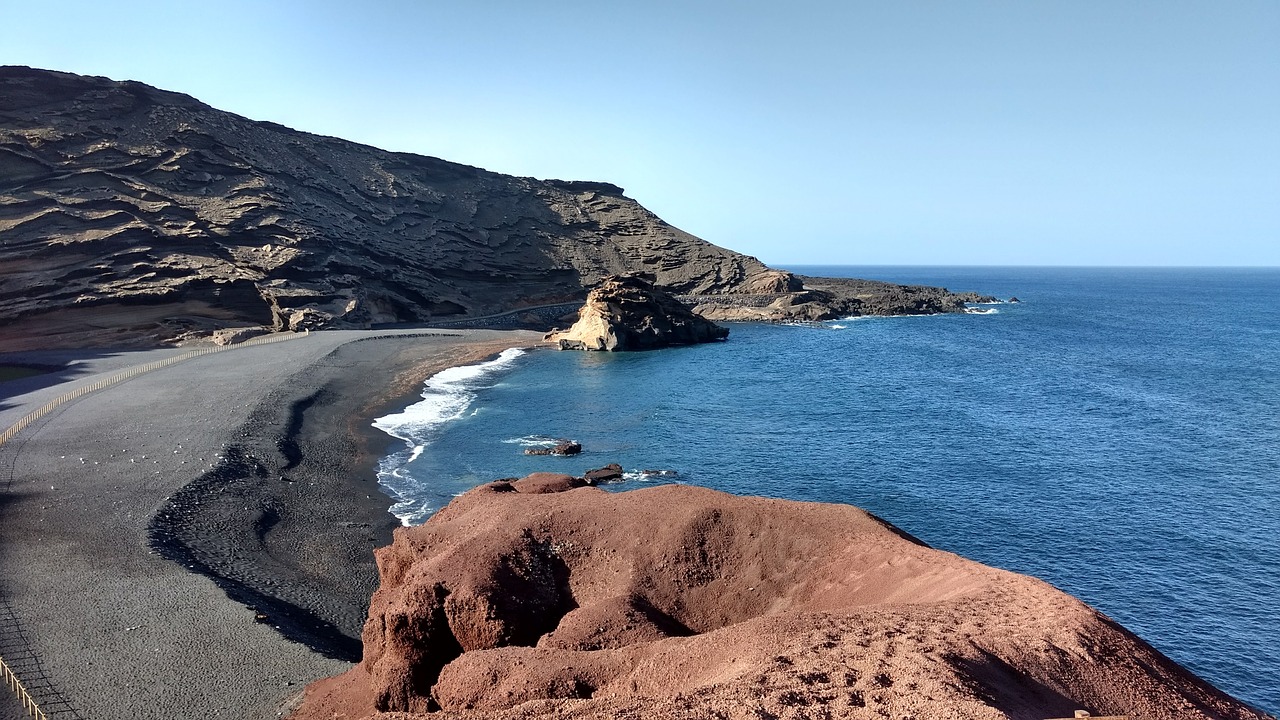
Terrain changes from smooth roads to dirt trails, with ocean views that’ll distract you if you’re not careful. Pro tip: Some climbs go over 2,000 meters, so bring water and wear a helmet.
Local shops offer rentals and group tours, so joining a ride is easy. Every route showed a new color—green, black, red—a reminder of the volcanic history beneath my tires.
Culture, Cuisine, and Local Color
The Canary Islands pulse with energy and flavor. Visiting feels like stepping into a living mosaic—music, food, and traditions shaped by Spanish, African, and Latin American influences.
Vibrant Festivals and Island Traditions
The Canaries love a good festival. Carnival in Santa Cruz de Tenerife is wild—elaborate costumes, parades, and dancing fill the streets.
Music and fireworks last all night. Easter brings quieter processions, blending faith and local flair.
On La Palma, I lucked into the Bajada de la Virgen, a festival that happens only every five years. The buzz in the air was unreal.

Image Source: Wikimedia Commons
Traditions like “romerías”—folk music, food, and pilgrimages—invite everyone to join in. Locals truly value their heritage.
Folk dances and songs are passed down, and I felt swept up in the island pride wherever I went.
Sampling Canary Islands’ Flavors
Every meal turned into a bit of an adventure. Markets overflowed with fresh bananas from La Palma, avocados, and tropical fruit—sun-ripened and sweet.
I tried papas arrugadas, wrinkled potatoes cooked in salt water with mojo sauce. Mojo comes green (herby) or red (spicy), and both pack a punch.
Seafood is always fresh—grilled parrotfish, octopus salad, and tuna that melts in your mouth. Goat cheese with palm honey? Unexpected, but so good.
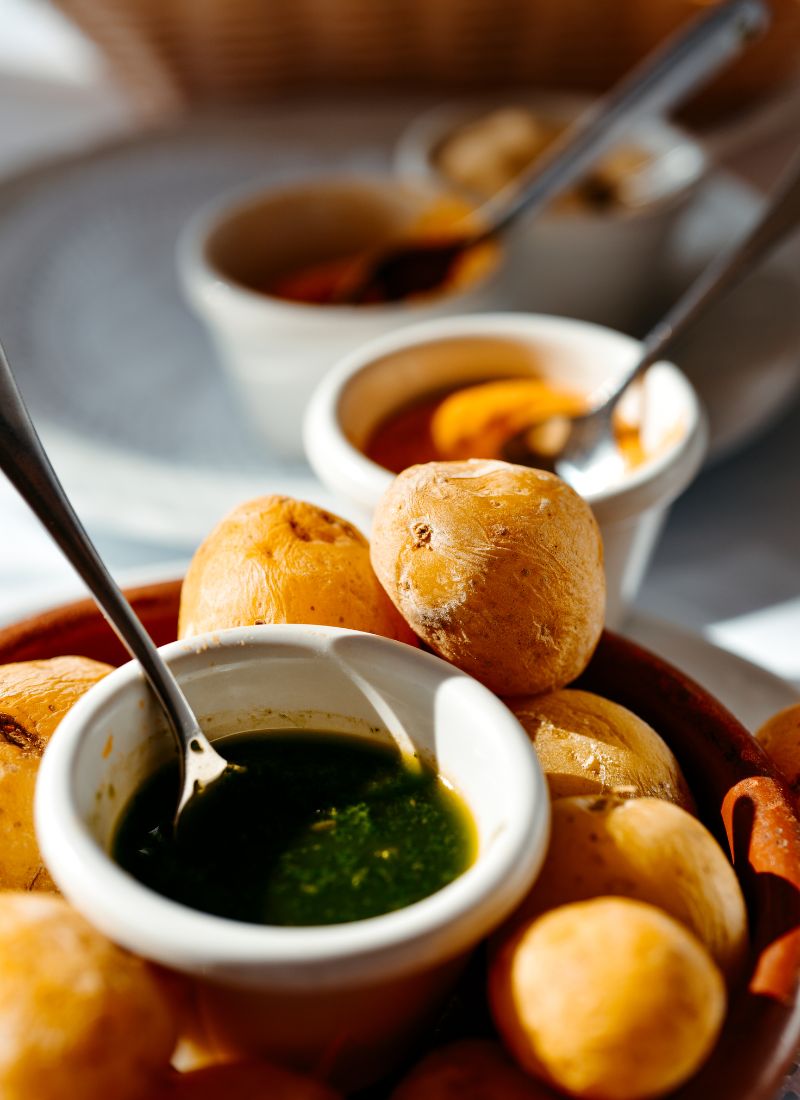
For dessert, bienmesabe (almond-honey cream) and barraquito, a local coffee layered with condensed milk and liqueur, became my favorites. Small cafes and rustic taverns welcome you like family, which makes every meal feel special.
Charming Towns and Seaside Villages
Wandering Garachico in Tenerife or Teror in Gran Canaria, I found bright houses with carved wooden balconies. Each town has its own personality—some lively, some peaceful.
Fishing villages like El Cotillo in Fuerteventura offered quiet beaches and seafood spots right on the harbor. In Lanzarote, Yaiza’s whitewashed houses look out over volcanoes and green fields.
I loved getting lost in local markets, picking up handmade ceramics or baskets, and chatting with shopkeepers. The warm welcome in these small towns helped me feel less like a tourist and more like a new friend.
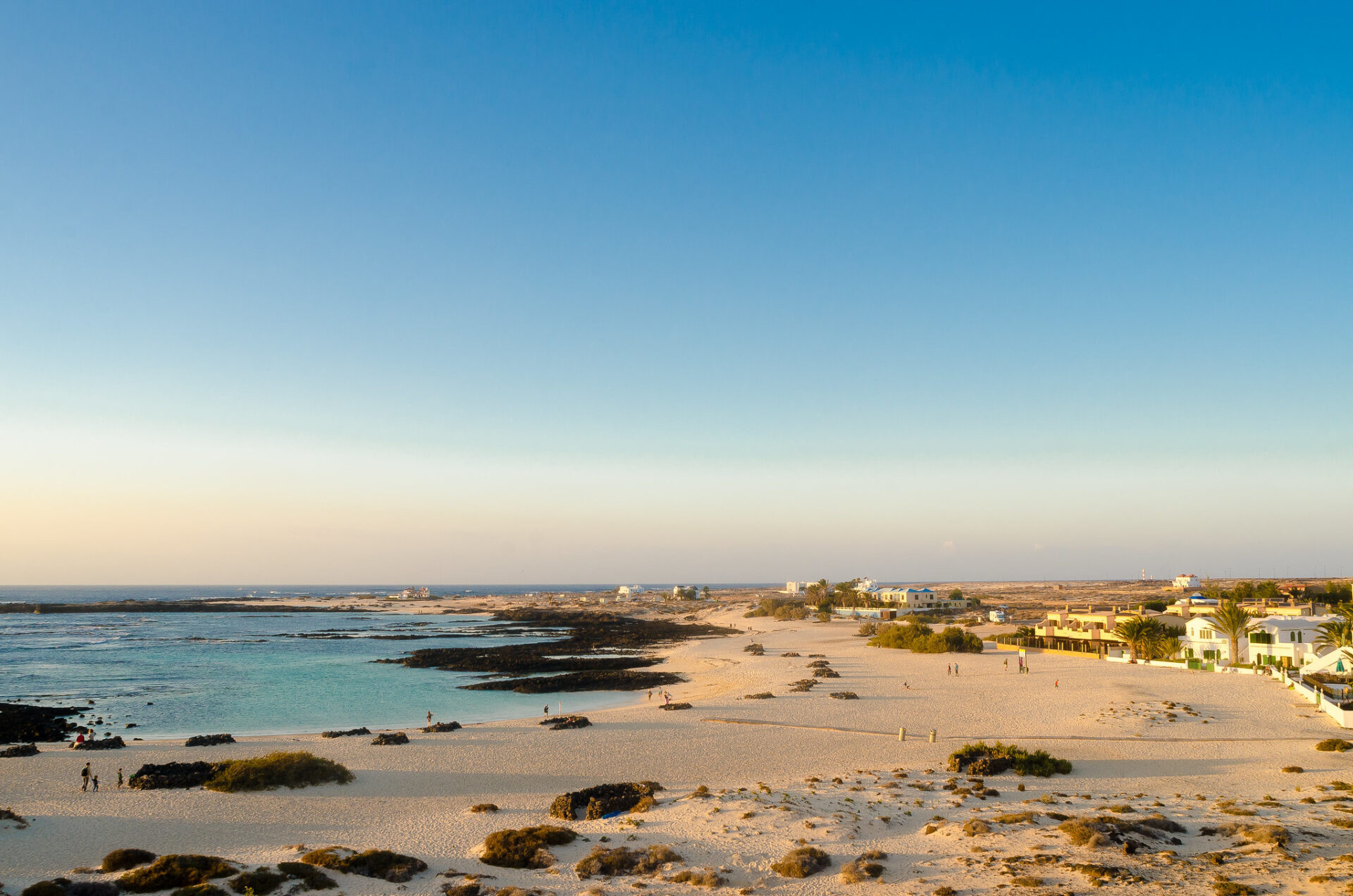
Image Source: Flickr
Practical Tips for Your Canary Islands Journey
Getting around the Canary Islands, picking the right place to stay, and figuring out what to pack can really shape your trip. I’ve stumbled through plenty of mistakes myself—trial and error taught me a lot. Honestly, these tips saved me time, money, and probably a few gray hairs.
Getting Around: Ferries, Flights, and Car Rentals
The islands don’t sit right next to each other; there are seven main ones, and each one feels different. Ferries run between the islands and you get some pretty stunning sea views. I took the ferry from Tenerife to Gran Canaria, and it turned out way smoother than I expected.
If you’re in a rush, local flights with airlines like Binter or Canaryfly zip you between the big islands in under an hour. I found that super convenient.
Renting a car on each island made exploring way easier for me. Sure, there are public buses, but some of the best villages and hidden beaches aren’t on the main bus routes. I used my International Driving Permit without any hassle. Roads are well-marked, and I easily found gas stations and maps.
Driving let me stop whenever I wanted, whether it was for a volcano view or a random roadside café. If you’re not up for driving, taxis and buses do a decent job in the bigger towns.
I booked ferries and flights online, but I noticed prices shoot up during local festivals. Booking early saved me a good chunk of change.
Choosing Where to Stay: From Resorts to Rural Retreats
I came across all sorts of places to stay. Beachfront resorts in Tenerife and Gran Canaria offered pools, breakfast buffets, and family-friendly stuff. Staying there for a few nights felt like a real treat.
I also tried rustic guesthouses in La Gomera and Lanzarote. These spots had a quiet, local vibe. A lot of rural hotels served homemade food, and I woke up to birds instead of traffic.

Vacation rentals, like apartments or villas, worked especially well when I traveled with friends. Having a kitchen meant I could throw together picnic lunches or just have coffee in my pajamas.
If you’re thinking of visiting in winter, just know the islands get busy with European travelers. Booking ahead saved me from last-minute panic.
When I picked where to stay, location mattered most. Sometimes I wanted the beach right outside; other times, I aimed for mountain trails or a walkable old town packed with food stalls. Choosing the right spot made everything feel easier and way more fun.
Packing Essentials for Every Season
People call the Canary Islands the “Islands of Eternal Spring” for good reason—the weather stays mild most of the year. I tossed in light clothes: a few T-shirts, some shorts, and a swimsuit.
Evenings, especially up in the mountains, caught me off guard with a chilly breeze. I really should’ve brought a light sweater or a windbreaker for those moments when the sun slipped behind the peaks.
I always kept sunscreen and sunglasses close, because the sun hits hard even when it’s cloudy. Hiking shoes made it easy to wander around volcano craters and rocky trails.
Sandals just worked for the beach or when I wandered through town. I also packed a power adapter (type C or F) and grabbed my trusty reusable water bottle.
If I traveled in February or November, I’d throw in a rain jacket and double-check the forecast. Honestly, packing for both the beach and the mountains saved me a lot of hassle—no matter which island I ended up on.

